

Georgia
Andersonville FDR's Little Whitehouse Jimmy Carter Cotton

a state in the United States of America
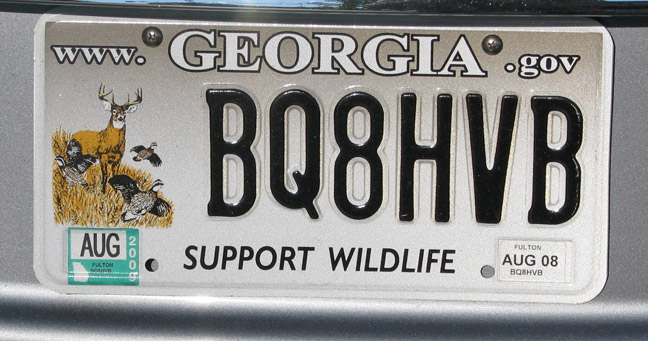
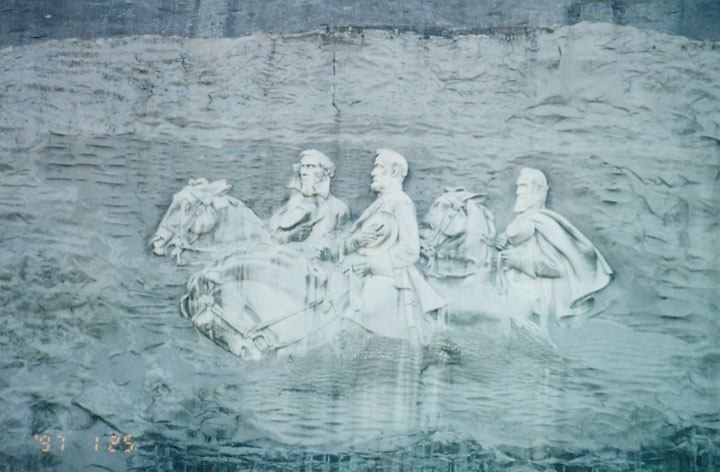
Stone Mountain, massive dome-shaped outcropping of granite, northern Georgia, near Atlanta. It rises 200 m (800 ft) above the comparatively level surrounding country, and its bulk has been estimated as more than 198 million cu m (7 billion cu ft). Commissioned (1917) by the state, the American sculptor Gutzon Borglum started a heroic carving in bas-relief on the northern face of the rock as a memorial to the Confederacy.
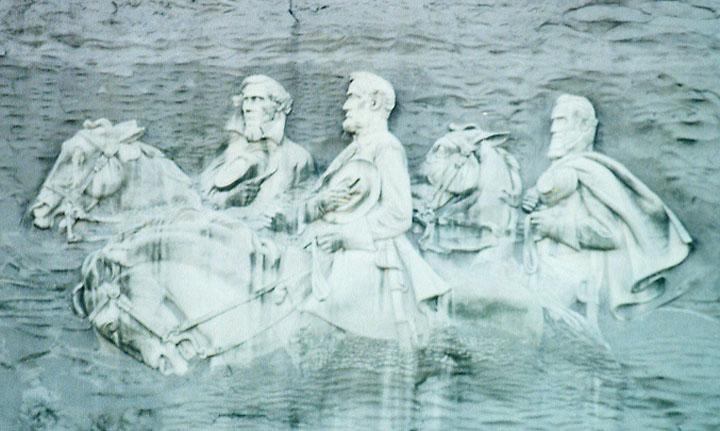
He was replaced (1925) by the American sculptor Henry Lukeman, who could not finish the project because of lack of funds. The relief is designed to show equestrian figures of the Confederate leaders, followed by a large Confederate army. Work was begun in earnest in the early 1960s; it was dedicated in 1970.
![]()
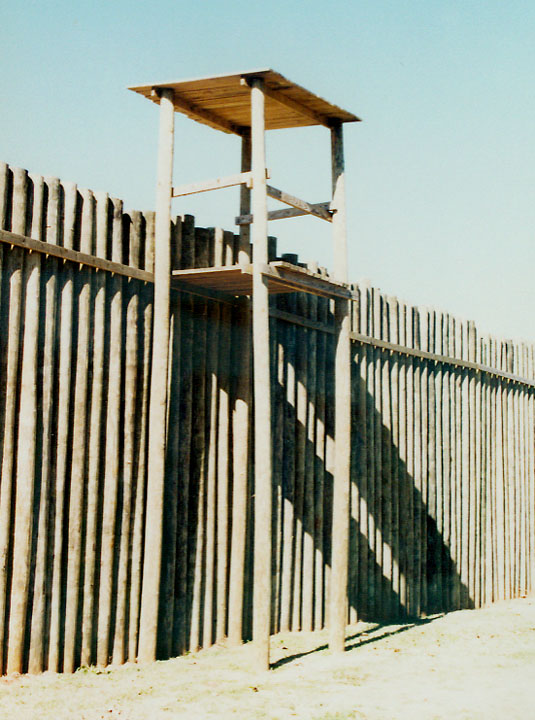
reconstructed stockade wall at Andersonville Prison
Andersonville Prison, military stockade of the Confederate army during the American Civil War, near Andersonville, Georgia, used to confine captured Union army enlisted men. A total of 49,485 prisoners were detained at Andersonville between February 1864 and April 1865. As many as 30,000 men were confined there at one time. More than 13,700 prisoners died in confinement. The prison burial ground is now a national cemetery, and the prison site and surrounding area were designated a national historic site in 1970.

monument to the victims
The National Prisoner of War Museum, which memorializes the prison experiences of all Americans captured during wartime, is also located at the site.
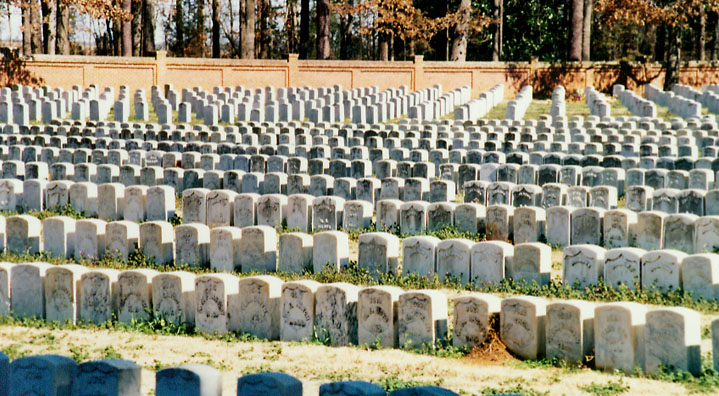
military cemetery
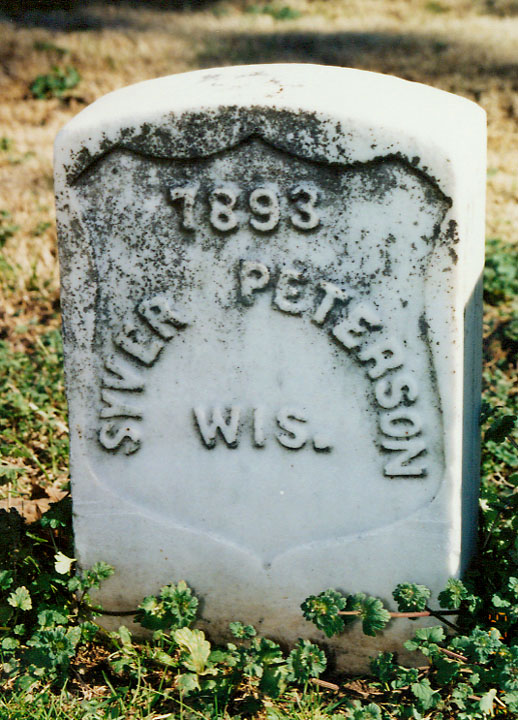
grave of Wisconsin soldier
Constant exposure to the elements, together with inadequate food, impure water, congestion, and filth, led inevitably to epidemics of scurvy and dysentery. As a result, the two Confederate medical officers appointed to investigate the prison in 1864 recommended that the majority of the prisoners be transferred elsewhere, and many prisoners were removed that fall to Millen, Georgia, and to Florence, South Carolina. A year later the superintendent of the prison, Major Henry Wirz, was tried by a U.S. military court, convicted of murder, and hanged.
The action of the Pulitzer Prize-winning novel Andersonville (1955), by the
American writer MacKinlay Kantor, is set in the prison.
![]()
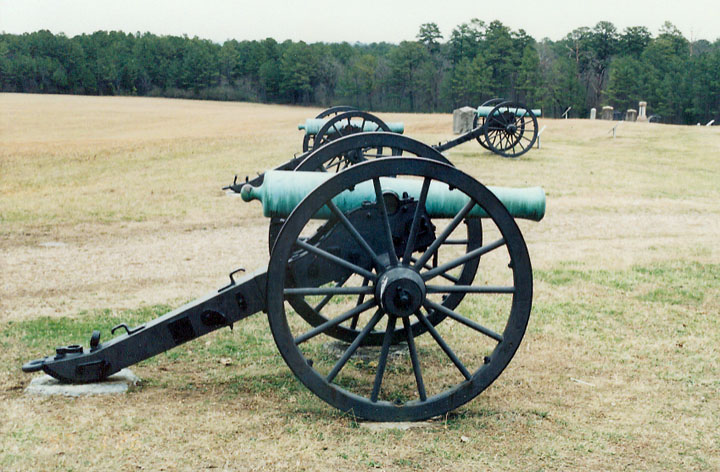
Chickamauga Battlefield
Chickamauga, Battle of, one of the major engagements of the American Civil War (1861-1865), in which the Union's quick regrouping after the Confederate victory ultimately led to the Union victory at Chattanooga. The battle was fought on September 19-20, 1863, near Chickamauga Creek, in northern Georgia, about 20 km (about 12 mi) south of Chattanooga, Tennessee. The battle was fought between the Army of the Cumberland, numbering about 55,000 men, commanded by the Union General William Starke Rosecrans, and a Confederate army, about 70,000 strong, commanded by General Braxton Bragg. At stake was the possession of Chattanooga, which Rosecrans had occupied on September 9, following Bragg's withdrawal from the city. Rosecrans met the Confederates on the upper Chickamauga at about 9 AM on September 19. The battle began with a heavy Confederate assault on the Union left, held by troops under General George Henry Thomas. By sunset, Rosecrans had engaged his entire army in the action, while Bragg held in reserve three divisions, later reinforced by several brigades commanded by General James Longstreet.
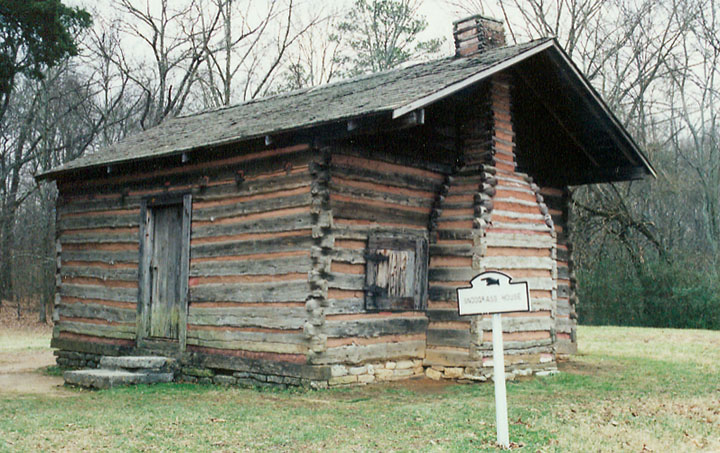
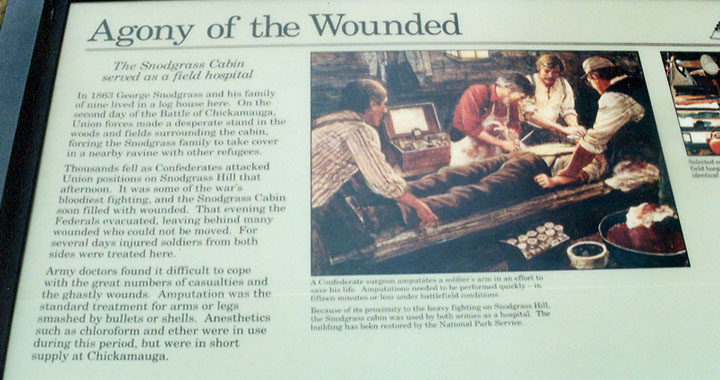
Snodgrass cabin
The battle was resumed, with a Confederate attack, early on September 20.
Confederate forces under Longstreet broke through the Union line, rolling back
its right flank. This section of the Union line retreated to Chattanooga. Only
Thomas, later known as the "Rock of Chickamauga," was able to withstand repeated
attacks on the Union left, thus providing cover for the Union retreat. The Union
army fell back to Chattanooga on the following day. This battle was a great
success for the Confederates, but Bragg did not consider it a victory and did
not pursue the demoralized Union troops and make it decisive. His error led
ultimately to the Confederate defeat at Chattanooga and his resignation. Union
casualties at Chickamauga were 16,179 killed, wounded, and missing, and
Confederate casualties were about 18,000. The battle site was established as the
Chickamauga and Chattanooga National Military Park in 1890. The park is
administered by the National Park Service.
Text from Microsoft Encarta
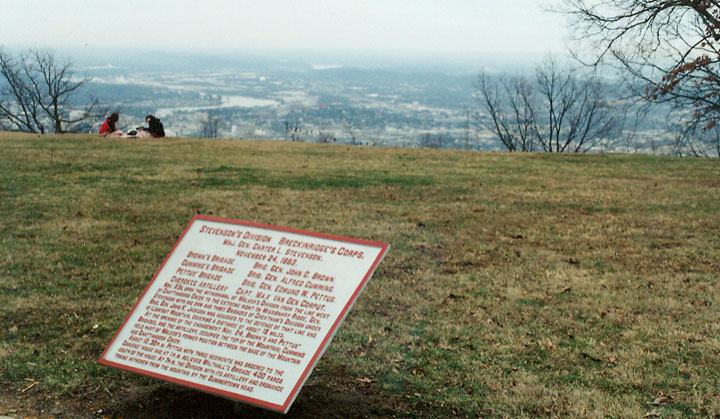
Chattanooga, Tennessee
(site of the Battle above the clouds)

the Military Park
Lookout Mountain Incline Railroad
![]()

"Babyland General" in Cleveland, Georgia.
More Photos of "Babyland General"
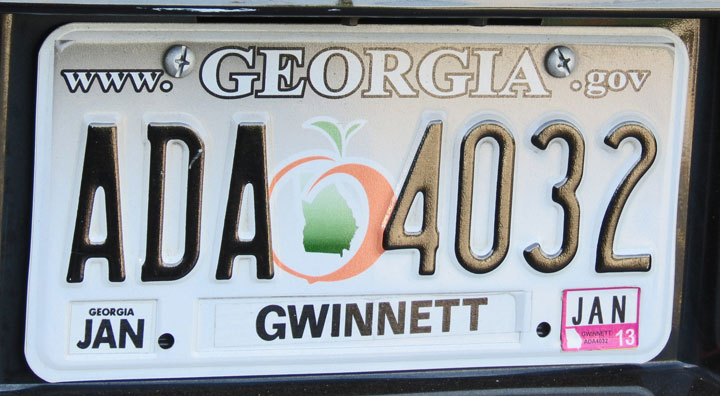
![]()
![]()